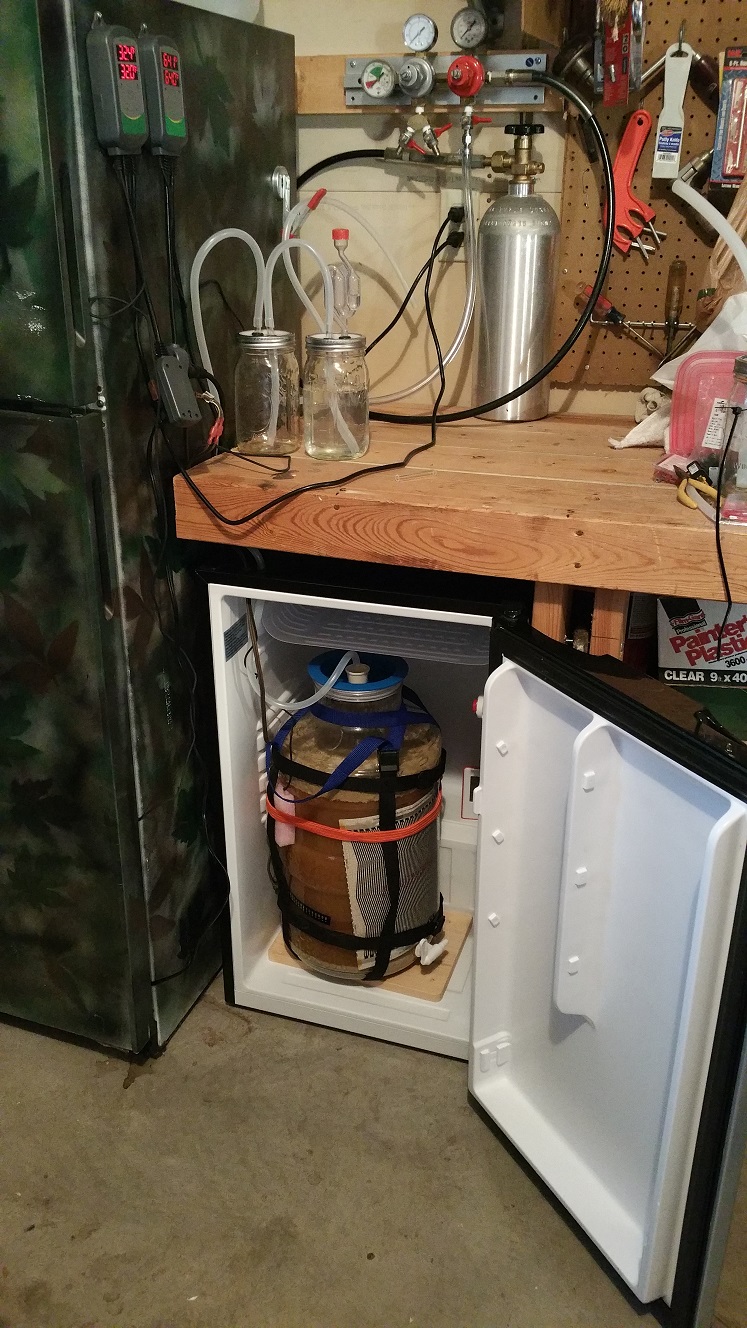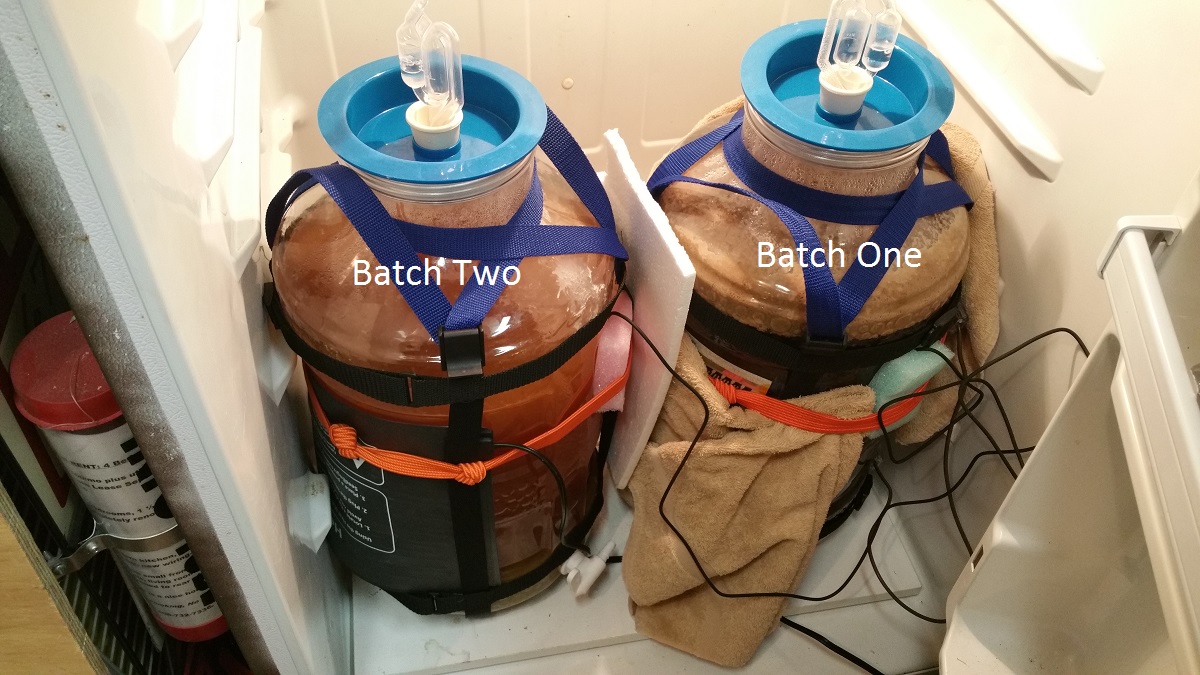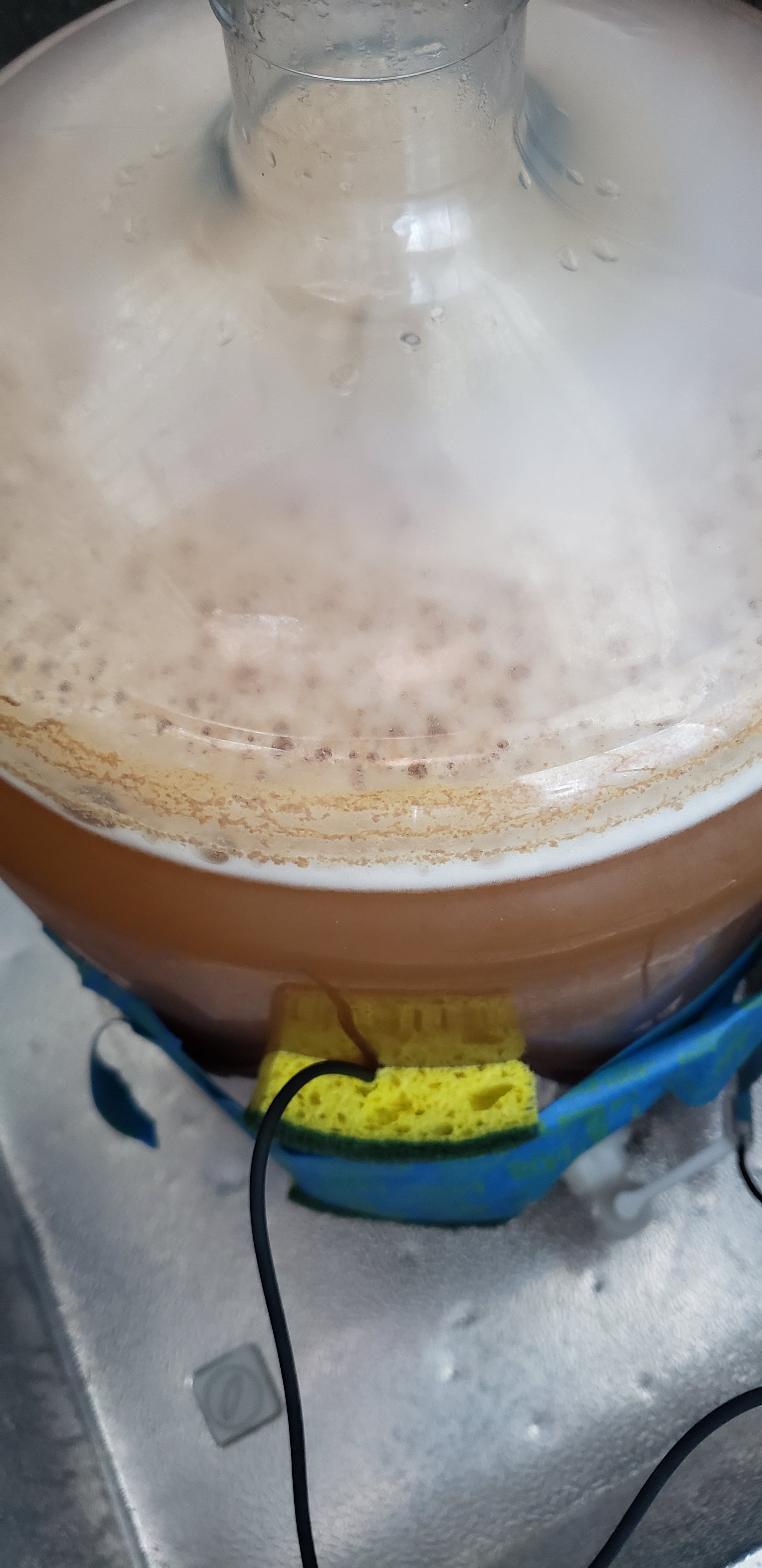Ksub123
Well-Known Member
- Joined
- Oct 7, 2017
- Messages
- 60
- Reaction score
- 13
So I’ve been brewing for a few years now. I probably have 30 brews under my belt, (no pun intended) and I’m looking to improve my process. I always hear that fermentation temperature control is one of the most critical things you can do to make better beer. During the summer I’ve been doing the swamp cooler thing and during the winter my basement is cool enough that it’s not necessary. But after active fermentation my beers cool to ambient which I think is limiting the conditioning ability of the yeast.
Will the brew belt help with this? Is it even necessary?
Also, the manufacturer recommends that it not be used for more than 8 days. Would this be enough for active fermentation and cleanup? Has anyone tried using it for longer?
Will the brew belt help with this? Is it even necessary?
Also, the manufacturer recommends that it not be used for more than 8 days. Would this be enough for active fermentation and cleanup? Has anyone tried using it for longer?


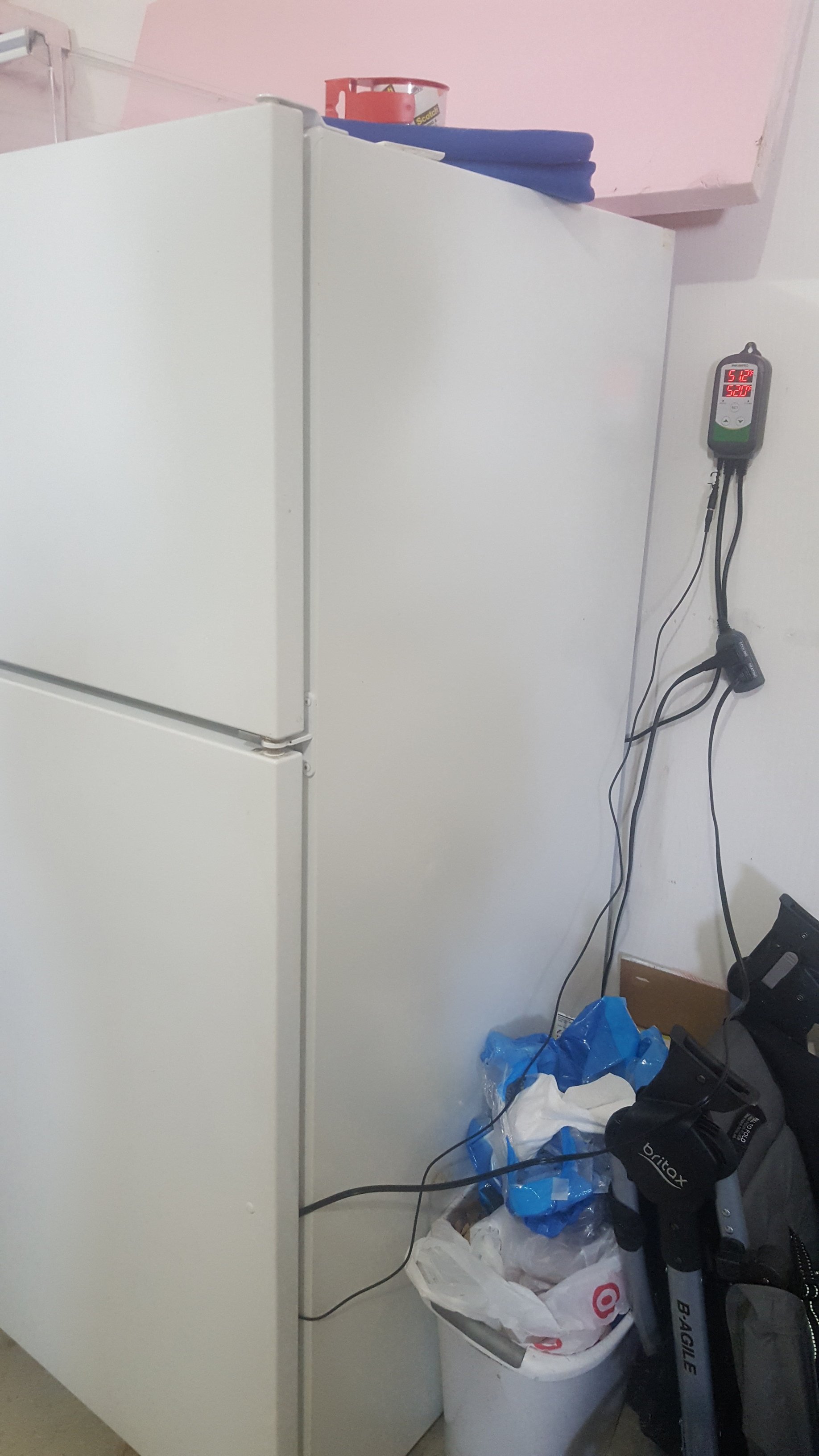
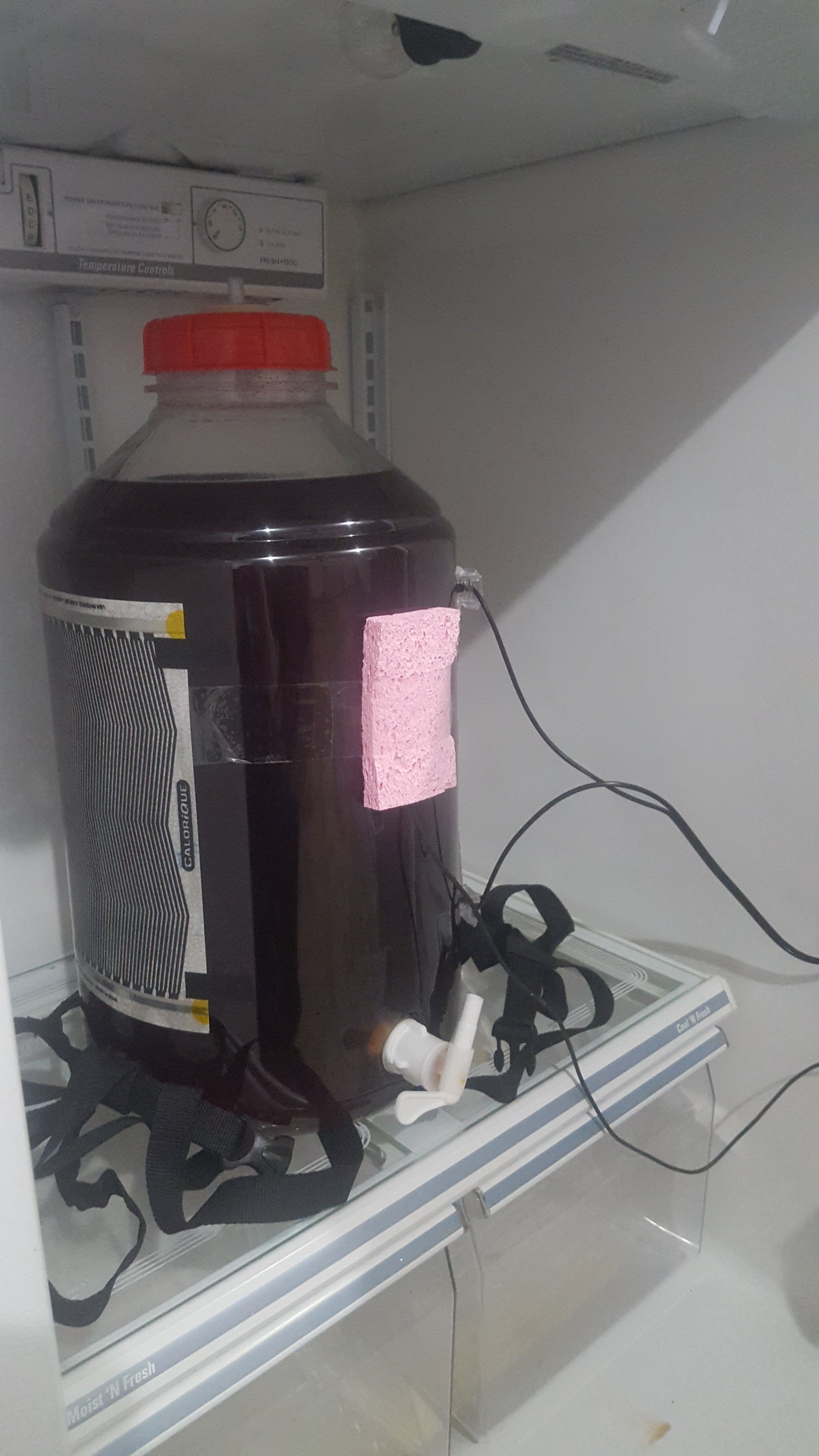



























![Craft A Brew - Safale S-04 Dry Yeast - Fermentis - English Ale Dry Yeast - For English and American Ales and Hard Apple Ciders - Ingredients for Home Brewing - Beer Making Supplies - [1 Pack]](https://m.media-amazon.com/images/I/41fVGNh6JfL._SL500_.jpg)



























